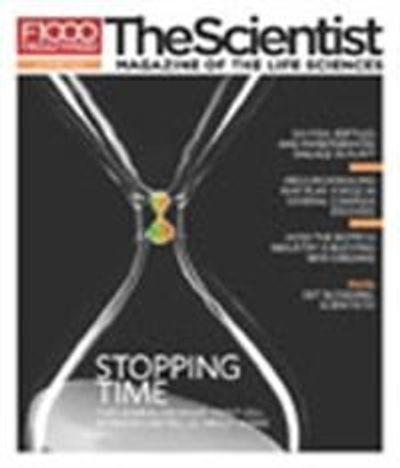Social Experiments
Can blogs and new media tools make science work better?

“Usenet won’t change your life,” said the supervisor to the graduate student. The year was 1993 and the student was me. Today that warning against time-wasting seems even more pertinent: new social media tools—Facebook, Twitter, weblogs—have so lowered communication barriers that anyone with an Internet connection or a smartphone can talk with anyone else—anytime, anywhere. Although this seems to fulfill Tim Berners-Lee’s vision of the “read/write Web,” the resistance to using social media as a professional tool remains surprisingly strong.
A recent report by the Research Information Network finds that only a small fraction of researchers in the UK make frequent use of social media tools. And extrapolations and misinterpretations of blog posts by the mainstream media aren’t exactly encouraging scientists to jump into the fray. Virginia Heffernan, writing in...
Under cover of intellectual rigor, the science bloggers—or many of the most visible ones, anyway—prosecute agendas so charged with bigotry that it doesn’t take a pun-happy French critic or a rapier-witted Cambridge atheist to call this whole ScienceBlogs enterprise what it is, or has become: class-war claptrap.
This attitude might help to explain why scientists who do blog often get very defensive. Many worry what their colleagues and superiors might say, and some even write under a pseudonym, out of fear for their career prospects. On the other hand, there are those who actively evangelize for blogging and other tools, having fully committed to using social media professionally. On page 83 of this issue, Bob Grant examines what motivates a few well-known bloggers whose activities certainly appear to have done them no harm.

A tool that few scientists would deny the benefits of is e-mail. E-mail has made all parts of the collaborative process swifter and more efficient, from the planning stage through sharing results to the coauthoring of papers. Networking sites appear to be a natural extension of e-mail, at least for scientists who have not filled their address books with relevant contacts. If there is any advantage to using social media in a scientific context, then it must be finding other scientists with whom to communicate and collaborate. “In isolation, even great scientists don’t produce really great science,” said Charles M. Vest, president of the National Academy of Engineering, and “team science” that crosses disciplines as well as university boundaries is becoming the norm rather than the exception.
Why, when it has never been easier to build a Web site, or to join in a conversation, are the majority of scientists not taking advantage of these tools? One reason could simply be that increased communication is not seen to add value that’s sufficiently tangible to reward the effort of setting up and maintaining membership in such a network.
What sort of added value am I talking about? Successful Web sites allow the community to crystallize around that special something, which in geek-speak is the “social object.” Flickr has photographs, YouTube has videos, Goodreads has books. Social objects that might attract scientists include published articles, datasets, computational tools and even ideas. Accordingly, robust scientific communities now exist based on tools offered by Mendeley and the CCP4 protein crystallography suite of programs, and around blogs that promote novel ideas on such topics as open science, evolutionary biology and tetrapod zoology. These social exchanges approach the reality of the “read/write Web,” and get closer to the vision expressed by cartoonist/journalist Hugh MacLeod at his blog, gapingvoid.com:
The most important word on the internet is not “Search.” The most important word on the internet is “Share.” Sharing is the driver. Sharing is the DNA. We use Social Objects to share ourselves with other people. We’re primates. We like to groom each other. It’s in our nature.
 |
Interested in reading more?
